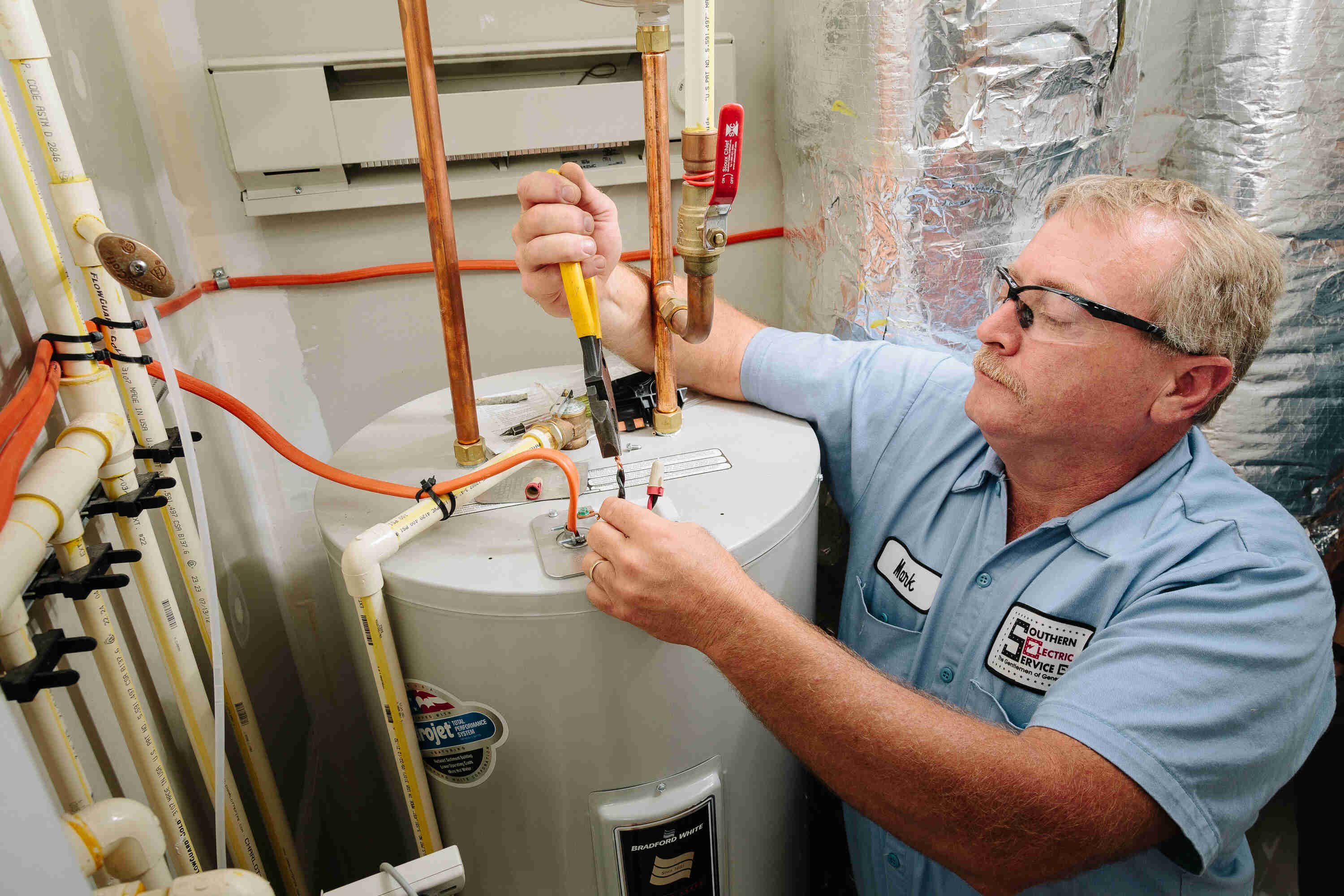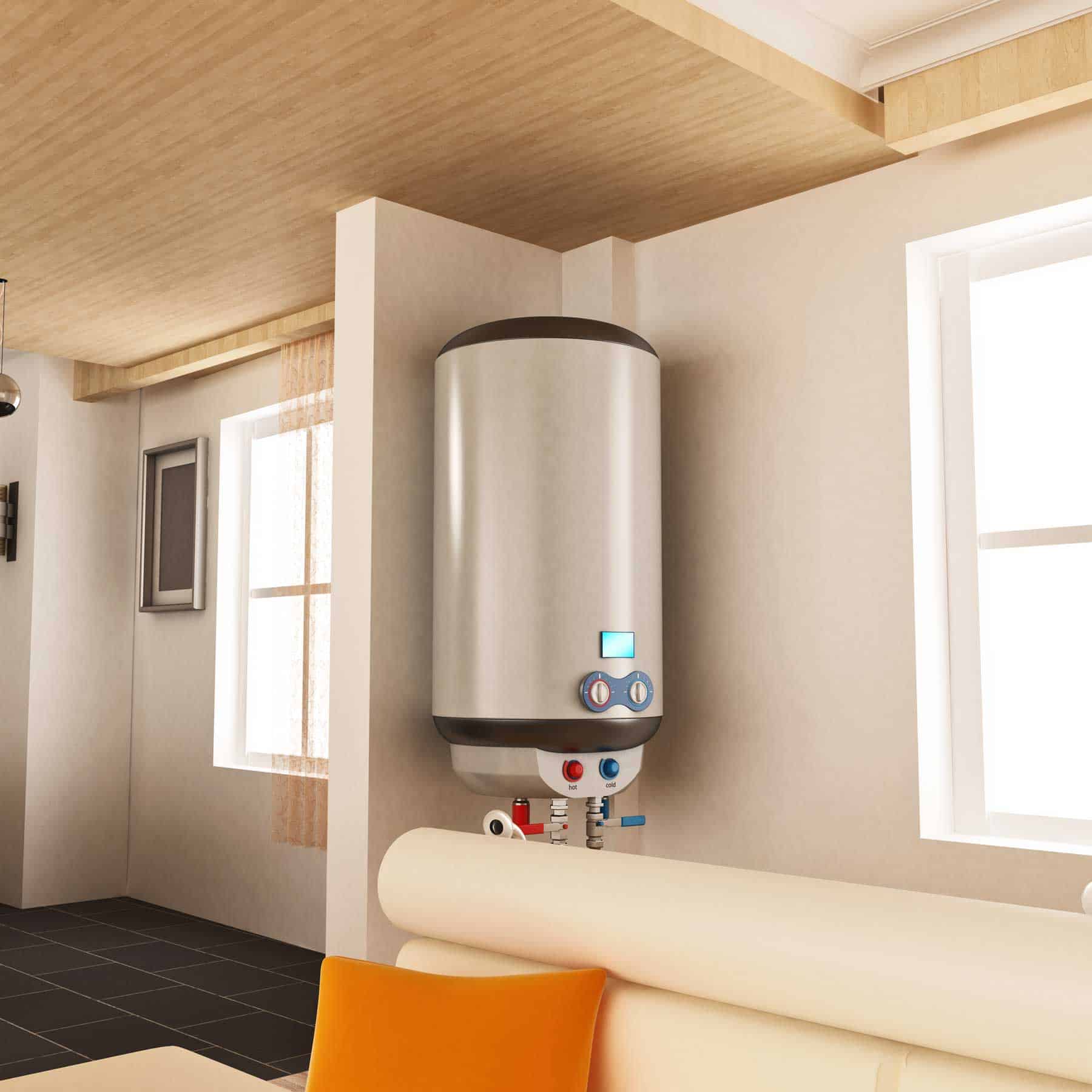This article which follows involving Water Heater Maintenance Tips You Can't Afford to Forget is amazingly insightful. Give it a go and draw your own results.

Hot water is crucial for everyday comfort, whether it's for a revitalizing shower or washing recipes. To ensure your warm water system runs effectively and lasts much longer, routine upkeep is key. This write-up offers practical suggestions and understandings on how to preserve your home's hot water system to stay clear of interruptions and costly fixings.
Intro
Maintaining your home's warm water system may seem daunting, yet with a few straightforward actions, you can ensure it runs smoothly for years ahead. This guide covers every little thing from comprehending your hot water system to do it yourself maintenance pointers and understanding when to hire specialist assistance.
Relevance of Preserving Your Hot Water System
Routine maintenance not just extends the life-span of your hot water system however additionally ensures it runs successfully. Neglecting upkeep can bring about decreased effectiveness, greater energy bills, and also early failure of the system.
Indications Your Warm Water System Needs Maintenance
Understanding when your warm water system needs attention can stop significant issues. Look out for indications such as irregular water temperature level, weird sounds from the heater, or rusty water.
Comprehending Your Warm Water System
Prior to diving right into maintenance tasks, it's valuable to comprehend the fundamental elements of your warm water system. Commonly, this includes the water heater itself, pipes, anode rods, and temperature controls.
Regular Monthly Upkeep Tasks
Normal month-to-month checks can help catch minor issues before they intensify.
Purging the Hot Water Heater
Purging your hot water heater gets rid of debris build-up, improving efficiency and prolonging its life.
Checking and Replacing Anode Rods
Anode rods avoid rust inside the storage tank. Checking and changing them when worn is vital.
Checking and Changing Temperature Setups
Readjusting the temperature settings ensures optimum efficiency and safety.
DIY Tips for Upkeep
You can do a number of maintenance jobs yourself to keep your warm water system in top condition.
Looking for Leakages
Frequently examine pipelines and links for leaks, as these can lead to water damages and higher bills.
Checking Pressure Alleviation Valves
Checking the pressure safety valve guarantees it functions appropriately and stops excessive stress accumulation.
Insulating Pipelines
Protecting warm water pipelines reduces warmth loss and can save power.
When to Call an Expert
While DIY upkeep is useful, some concerns need professional experience.
Complex Concerns Requiring Specialist Help
Instances include significant leaks, electric problems, or if your hot water heater is consistently underperforming.
Routine Specialist Maintenance Conveniences
Expert upkeep can include detailed evaluations, tune-ups, and making sure compliance with security standards.
Final thought
Normal maintenance of your home's warm water system is essential for effectiveness, longevity, and expense financial savings. By following these suggestions and understanding when to look for expert aid, you can ensure a reputable supply of warm water without unexpected interruptions.
How to Maintain an Instant Hot Water Heater
Before tinkering with your hot water heater, make sure that it’s not powered on. You also have to turn off the main circuit breaker and shut off the main gas line to prevent accidents. Also turn off the water valves connected to your unit to prevent water from flowing into and out of the appliance. 2. When you’re done, you have to detach the purge valves’ caps. These look like the letter “T” and are situated on either side of the water valves. Doing so will release any pressure that has accumulated inside the valves while at the same time avoid hot water from shooting out and burning your skin. 3. When the purge valves’ caps are removed, you have to connect your hosing lines to the valves. Your unit should have come with three hoses but if it didn’t, you can purchase these things from any hardware or home repair shops. You can also get them from retail stores that sell water heating systems. Read the user’s manual and follow it to complete this task properly. When the hosing lines are connected, open the purge port’s valves. 4. You should never use harsh chemical cleaners or solutions when cleaning your unit. Make use of white vinegar instead. It should be undiluted and you’ll probably use about 2 gallons. 5. Now flush your water heater. This task should probably take about 40 minutes. We can’t give you specific directions for this because the procedure is carried out depending on the type, model and brand of your heater. With that being said, refer to the user’s manual. 6. When you’re done draining the unit, you have to turn off the purge port valves again. Remove the hosing lines that you earlier installed on each of the water valves. Put the valve caps (purge port) back in their respective places and be very careful so as not to damage the rubber discs that are found inside these caps. 7. Now that everything’s back in place, check your user’s manual again to find out how to reactivate your water heating system. 8. Once it is working, turn one of your hot water faucets on just to let air pass through the heater’s water supply pipes. Leave the tap on until water flows smoothly out of it. https://www.orrplumbing.com/blog/2014/september/how-to-maintain-an-instant-hot-water-heater/

I came across that entry about How to Maintain Your Water Heater & Prolong its Life while doing a lookup on the search engines. Are you aware of somebody who is fascinated with the niche? Do not hesitate to promote it. Thank you for being here. Kindly stop by our website back soon.
Book Service